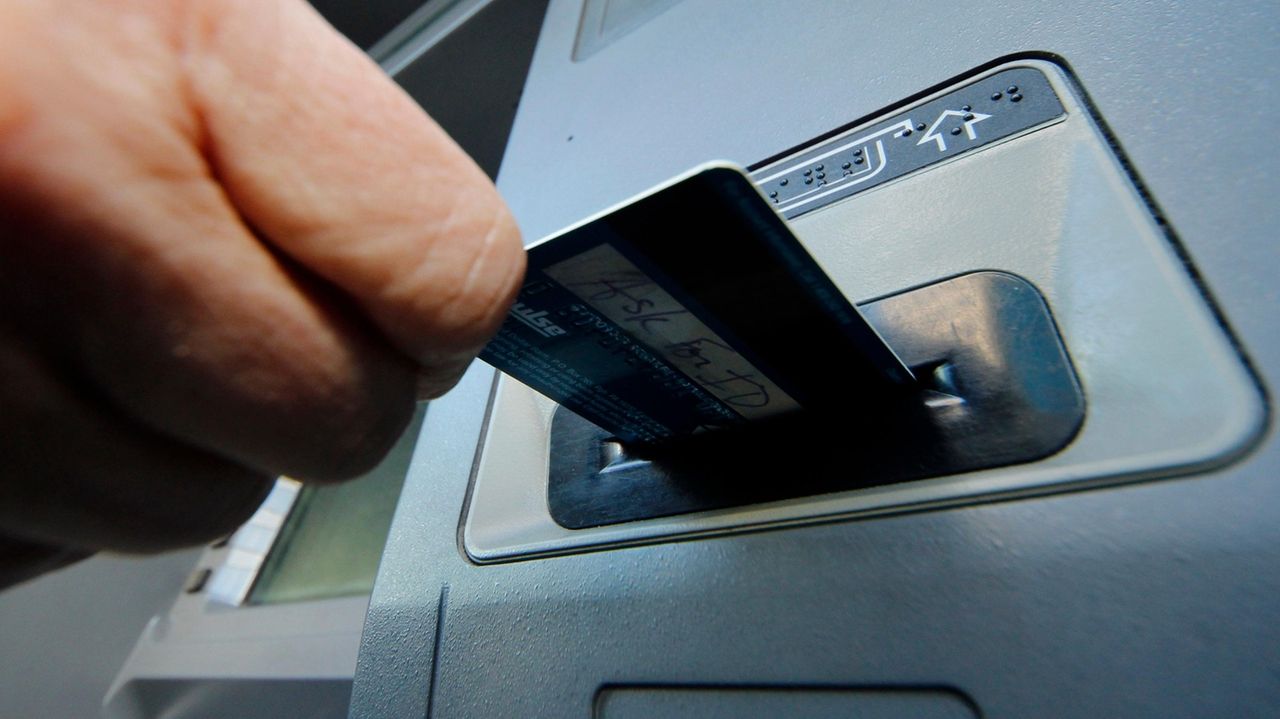Attending college can get pricey, so you’ll want to avoid costs from other places — like your bank account.
More than 668,000 students paid nearly $15.5 million in bank account costs in the 2020-2021 year, an average of almost $26 per person, according to a 2022 report by the Consumer Financial Protection Bureau. What’s worse is that some colleges endorse costly bank accounts as part of their partnerships with banks.
“Do not assume that because your college or university partners with a bank, that bank is offering you a good deal,” Aaron Klein, senior fellow in economic studies at the Brookings Institution, said in an email.
Before heading off to college, consider what factors you need in a college checking account. The wrong bank can cost you.
Decide what features matter
Checking accounts work similarly wherever you bank, but some features vary or aren’t available at every bank, including branches, highly rated mobile apps, certain account fees and perks such as direct deposit up to two days early.
Decide a few things going in, like whether you need a bank that offers joint bank accounts to share finances with a parent and whether you’ll want credit cards or other loan options at the same place.
The biggest banks generally have robust apps and big branch networks, but their account fees can be high. In contrast, regional banks and credit unions — the not-for-profit counterpart to banks — might have lower fees and more of a community focus, but they have fewer branches and might lag in technology.
Online banks can have minimal fees and high-quality apps, but they often lack a branch network and the ability to deposit cash isn’t guaranteed. Nationwide ATM access is usually available at credit unions and online banks through shared networks, but they might not be as easy to spot as big bank ATMs.
Just don’t limit your options to only accounts marketed as “college checking.” You might miss out on banking features you’d want.
…
Read the full article here

Leave a Reply